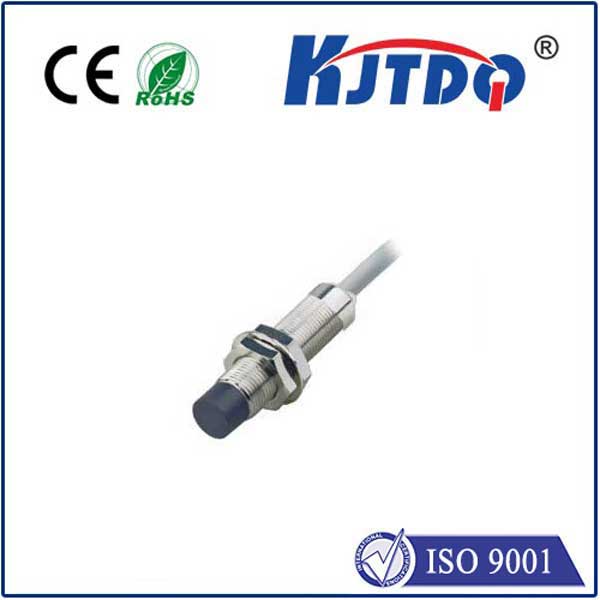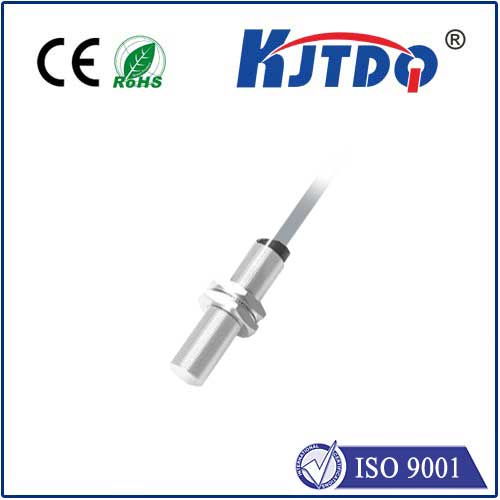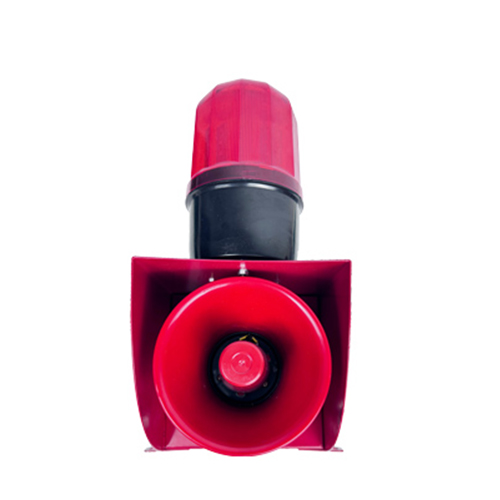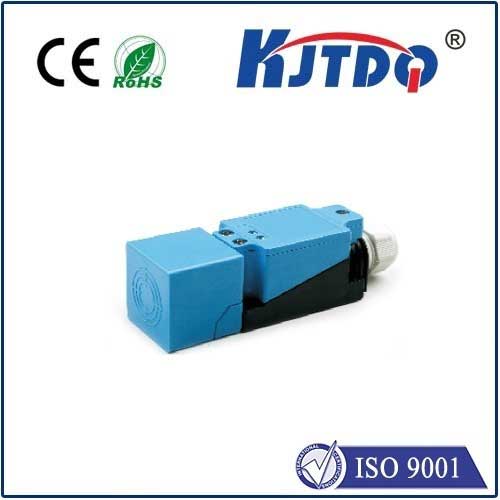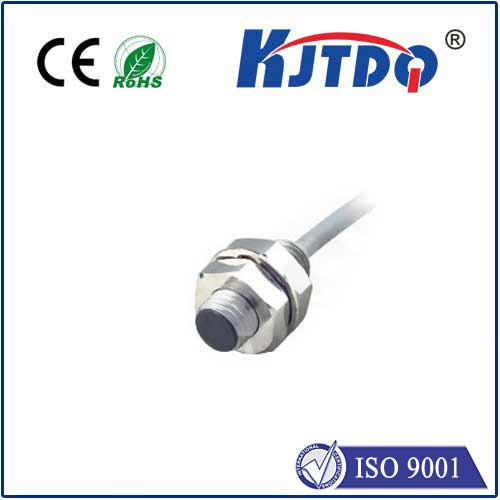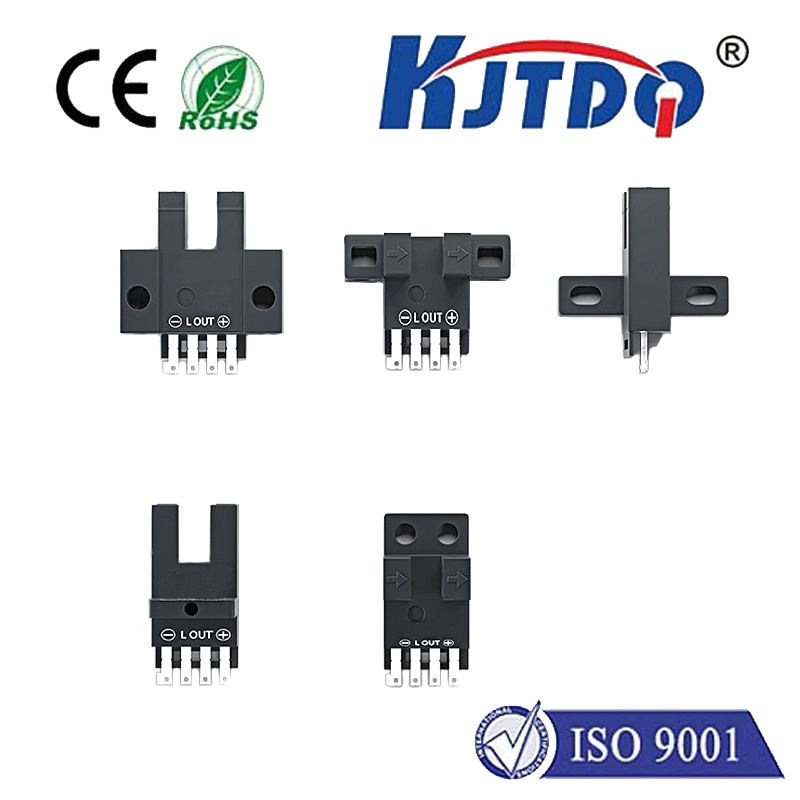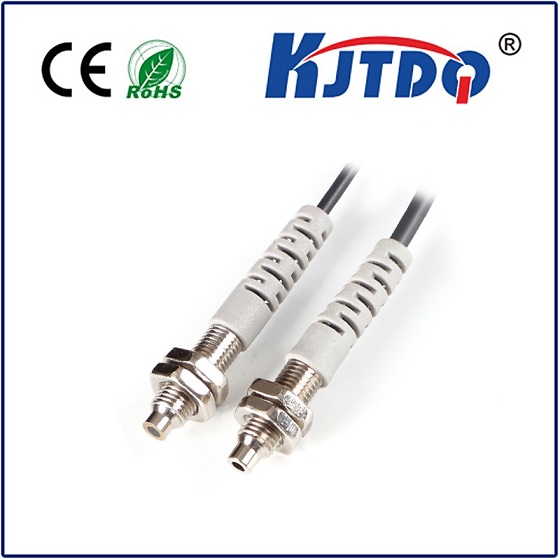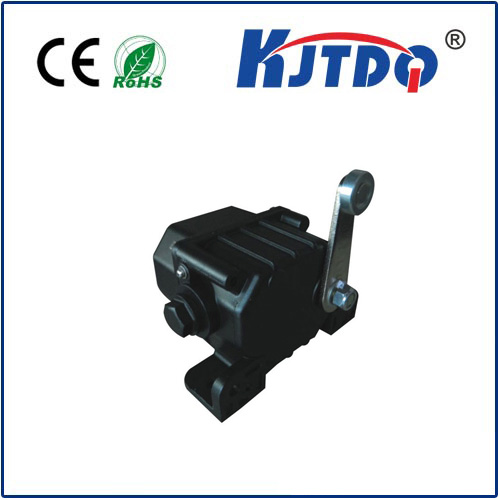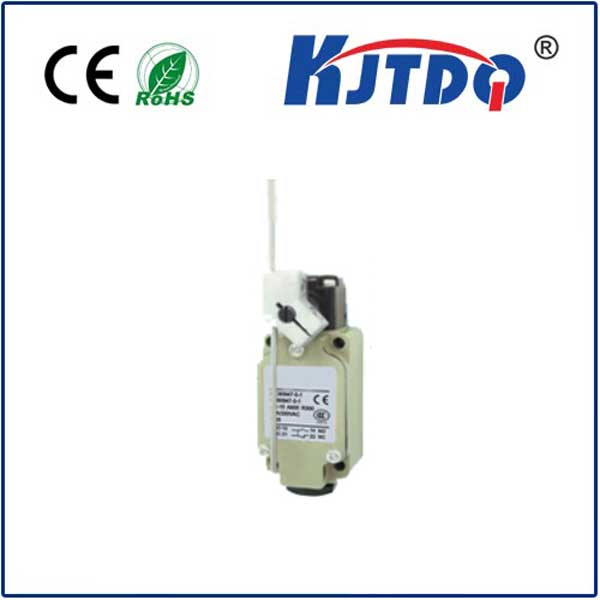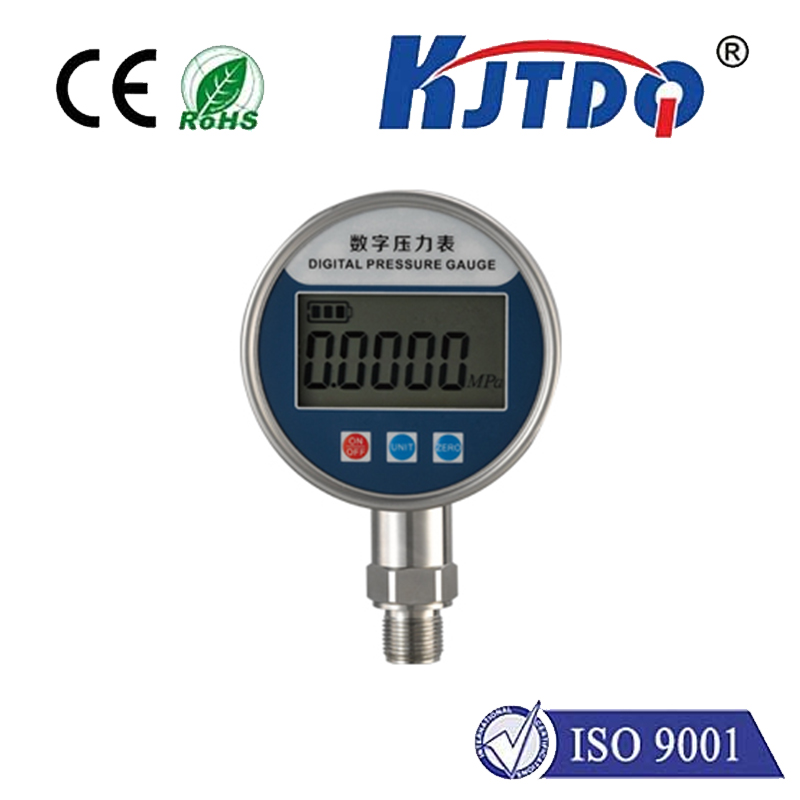

check

check

check

check

check

check

check

check

check

check
In the ever-evolving world of technology, long-range laser sensors have emerged as groundbreaking innovations, setting new benchmarks across various industries. These advanced devices harness the power of laser technology to measure distances over extensive ranges with precision and efficiency that was once unattainable. From automotive applications to environmental monitoring and beyond, long-range laser sensors are transforming how we interact with our environment.
Long-range laser sensors operate on the principle of Lidar (Light Detection and Ranging), which involves emitting laser pulses towards a target and measuring the time it takes for the light to bounce back. By analyzing these reflections, the sensor can accurately calculate the distance to the target, even over hundreds or thousands of meters. What sets these sensors apart is their ability to maintain high accuracy despite the increased distance, making them invaluable for applications where precision is paramount.

One of the most significant impacts of long-range laser sensors is observed in the automotive industry. These sensors are pivotal in the development of advanced driver assistance systems (ADAS) and autonomous driving technologies. They provide critical data about the car’s surroundings, from detecting obstacles on highways to monitoring other vehicles’ movements. This capability enhances road safety by enabling cars to automatically apply brakes, maintain safe distances, and navigate complex traffic scenarios without human intervention.
Beyond automotive applications, long-range laser sensors are revolutionizing environmental monitoring. They play a crucial role in atmospheric studies, meteorology, and even space exploration. For instance, these sensors are used to measure atmospheric composition, track weather patterns, and monitor climate changes with unprecedented accuracy. In space exploration, they help map extraterrestrial terrains, study celestial bodies, and even guide spacecraft during landings on distant planets.
Another notable application of long-range laser sensors is in security and surveillance. By providing detailed 3D mapping of large areas, these sensors enable enhanced perimeter security, border surveillance, and disaster management. Their long-range capabilities allow for continuous monitoring of vast regions, ensuring immediate detection and response to potential threats or unauthorized activities. This heightened level of surveillance is instrumental in protecting critical infrastructures and ensuring public safety.
The future of long-range laser sensors holds immense potential as research and development continue to push the boundaries of what’s possible. With advancements in artificial intelligence and machine learning, these sensors are becoming even smarter, capable of processing data in real-time and making autonomous decisions based on their surroundings. As their applications expand, so too will their impact on our daily lives, promising a future where technology seamlessly integrates into our environment, enhancing efficiency, safety, and convenience. In conclusion, long-range laser sensors represent a paradigm shift in technology, offering solutions that were once deemed impossible. As they continue to evolve, their influence will undoubtedly permeate more aspects of our lives, shaping a future where precision and efficiency are the cornerstones of modern innovation.
